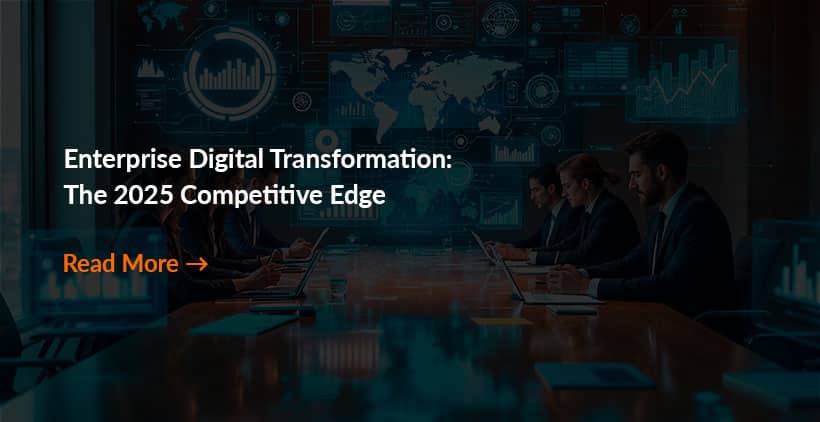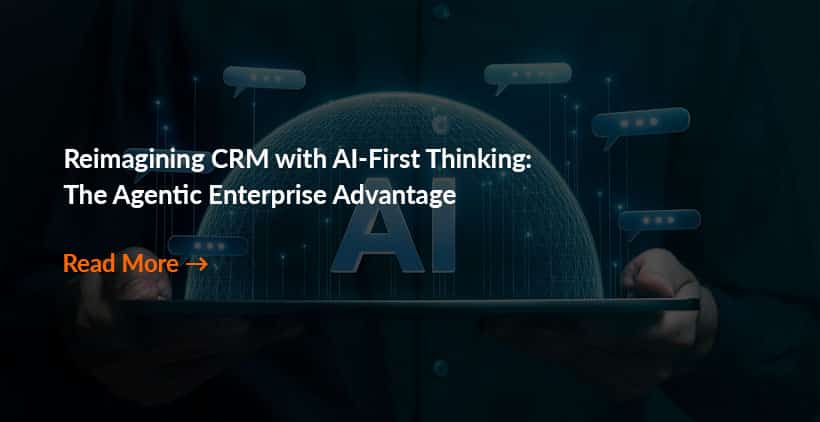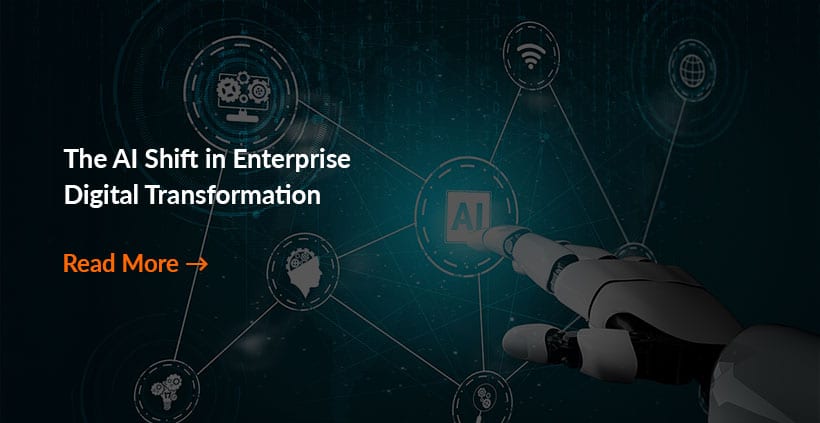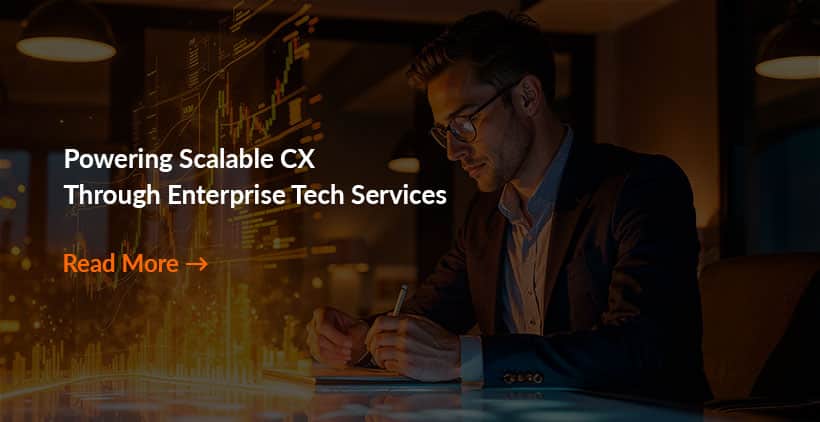
Advances in the digital playing field are at a new level in 2025 and will only get more dynamic. Today, small and medium enterprises (SMEs) can access the infrastructure, tools, and actionable insights once reserved for industry giants. Smoothly performing hardware, anything-as-a-service models, data science, digital twins, and information security have matured from promising trends to business essentials. Together, with other transformative technologies, they build a robust foundation for organizations to delight customers and compete globally.
Innovation Engines for 2025 and Beyond
The innovative solutions redefining businesses have moved above the horizon to redefine how enterprises create value and stay ahead. These include:

Artificial Intelligence (AI)
The diverse capabilities of AI are transforming how businesses operate. Analytical AI copilots accelerate data engineering, product development, and supply chain optimization. They also power adaptive customer experiences and assist in strategic decision-making. Gen AI models create content and code. Agentic AI serves as a virtual assistant, autonomously executing mundane tasks. Multimodal AI systems fuse text, visuals, audio, and video to boost the versatility of AI-powered outcomes.
In 2025, distillation and quantization techniques have created competent, domain-specific AI models derived from larger “parent models.” These smaller models deliver high-quality results while consuming much less computing power. While bringing down costs, they enable fast reinvention, smarter operations, and competitive differentiation at speed and scale.

Application-Specific Semiconductors
Semiconductors underpin digital breakthroughs, and their most recent avatar lies in chips purpose-built for specific systems such as graphic processing units (GPUs), application-specific integration circuits (ASICs), and emerging designs like silicon photonics. For their specialized workloads, these bespoke semiconductors deliver greater performance and efficiency than general-purpose CPUs, making them valuable for machine learning, inference, and other demanding tasks.
As AI drives exponential compute needs, modern semiconductors’ power efficiency and thermal management advances have become as vital as raw speed. Ahead of cognitive technologies, tailored chips are ready to enhance data storage, memory, and networking – such abilities will fuel the next phase of progress in various applications from medical imaging systems to high-performance data centers.

Cloud and Edge Computing
The surge in AI workloads is also reshaping cloud infrastructure with collaboration between global cloud service providers, chipmakers, and hardware manufacturers. As hyperscale data center capacity is expected to grow 3x, efficiency and scalability are now key priorities. Organizations are therefore adopting distributed strategies by training and implementing AI models in massive centralized clusters and edge environments to minimize latency, enhance availability, and reduce reliance on single locations.
For use cases such as IoT devices, autonomous vehicles, and industrial automation, edge computing provides real-time responsiveness for safety and performance. AI-optimized cloud platforms and specialized edge solutions are emerging as strategic differentiators, creating new market opportunities and fostering continuous innovation across the global computing landscape.

Immersive Tech
AR, VR, and mixed reality have moved beyond gaming to become effective tools for enterprise transformation. Lighter wearables, feature-rich haptics interfaces, and AI integration are unlocking new applications in marketing, product prototyping, and simulation of high-risk scenarios for training and safety.
In healthcare, immersive tech supports surgical training and patient rehabilitation. In manufacturing, it is used to refine maintenance guidance and digital twin visualizations for quick problem-solving. When leveraged in logistics, real estate, and retail verticals, AR-VR-MR systems enhance customer engagement and expedite decision-making. By building interactive, risk-free simulated environments, these technologies help organizations innovate faster and sharpen their competitiveness.

Digital Trust
While cognitive tech growth intensifies online risks, it also creates new cybersecurity opportunities. Threat actors misuse machine learning and generative AI for targeted and stronger attacks. Organizations now harness the same tools for advanced threat detection, risk assessment, and automated incident response.
Growing dependence of companies on third-party software increases systemic vulnerabilities, making software bills of materials significant for transparency and data protection. Adopting zero-trust architecture, cloud-native security tools, quantum-resistant cryptography, and integrating AI defenses into resilience planning help companies build more secure digital ecosystems. With increased focus on data privacy in the regulatory landscape, organizations that strengthen their compliance adherence frameworks will have a leading edge in business transformation.
Greening the Enterprise Tech Stack
Governments, investors, and customers expect organizations to reduce their carbon footprint, making sustainability inseparable from digital transformation. AI-driven workload optimization, resourceful cloud infrastructure, and energy-efficient semiconductors help them meet sustainable development goals without diluting performance. Edge computing also minimizes data transfer needs, lowering energy usage. Beyond infrastructure, organizations embrace circular hardware practices, extend device lifecycles, and track emissions with digital tools. By embedding sustainability into technology decisions, they fortify brand trust and unlock efficiencies that become unique value drivers.
Shaping the Remainder of 2025
Technologies trending in 2025 have set new standards for digitalization, but the real test lies in how companies deploy them in the months ahead. Success hinges on the agility to synchronize business models, talent management strategies, and operational practices with rapidly shifting possibilities. Players who continuously adapt and connect modernization to measurable results will navigate disruptions and shape the market dynamics around them. The remainder of this year offers a rare window to turn technological prowess into lasting business growth.
Want to know how CriticalRiver can help? Write to us at contact@criticalriver.com.




